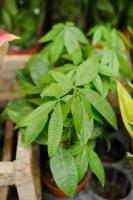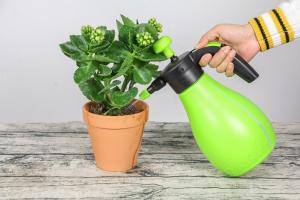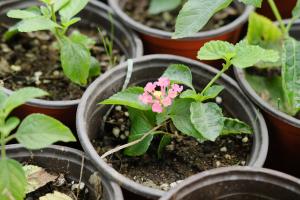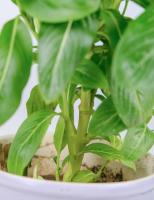How to Maintain Fig Tree Plants
Fig trees are a popular and rewarding plant for many gardeners around the world. They produce delicious fruit and also have aesthetic appeal. However, it is important to properly care for your fig tree to ensure that it remains healthy and productive. Here are some tips on how to maintain fig tree plants.
Planting
When planting a fig tree, it is important to choose a sunny, well-draining location. The soil should be well-drained and should be amended with compost or other organic matter. Fig trees prefer slightly alkaline soil with a pH level of 6.0-6.5. They require adequate space to grow and should be planted at least 10-15 feet apart.
Watering
Fig trees require regular watering, especially during the growing season. They should be watered deeply once a week, ensuring that the water penetrates at least 2-3 feet deep into the soil. Young trees require more frequent watering than mature trees but don’t overwater, as this can cause root rot. Mulching around the base of the tree can help to conserve moisture and regulate soil temperature.
Fertilizing
Fig trees generally require very little fertilizer but will benefit from occasional applications of a balanced fertilizer during the growing season. A nitrogen-rich fertilizer can be applied in early spring to promote new growth, and a phosphorus and potassium-rich fertilizer can be applied in the fall to promote fruit development. Make sure to follow the recommended application rates for the specific fertilizer you are using.
Pruning
Pruning fig trees is important to maintain their shape and promote fruit production. They should be pruned in late winter or early spring before new growth begins. Remove any dead, damaged or diseased wood, and prune back any branches that are growing too close together or in the wrong direction. Also, remove any suckers growing from the base of the tree. This will help to maintain a healthy structure and encourage fruit production.
Pest and Disease Control
Fig trees are relatively pest and disease-free, but there are a few issues that can arise. Fig rust is a fungal disease that affects leaves, causing yellow or brown spots. This can be controlled by removing affected leaves and applying a fungicide. Fig fruit flies are a common pest that can damage fruit. They can be controlled by using traps or insecticides. Monitor your fig tree regularly for any signs of pests or diseases and take action promptly to prevent further damage.
Conclusion
By following these simple tips, you can maintain a healthy and productive fig tree. Proper planting, watering, fertilizing, pruning, and pest and disease control will help to ensure the longevity of your fig tree and maximize fruit production. Enjoy the delicious fruits of your labor and share them with family and friends.

 how many times do yo...
how many times do yo... how many planted tre...
how many planted tre... how many pine trees ...
how many pine trees ... how many pecan trees...
how many pecan trees... how many plants comp...
how many plants comp... how many plants can ...
how many plants can ... how many plants and ...
how many plants and ... how many pepper plan...
how many pepper plan...






























